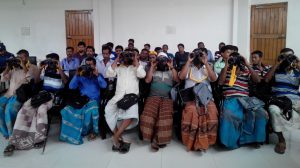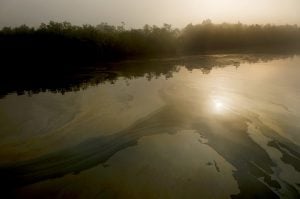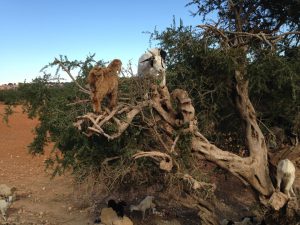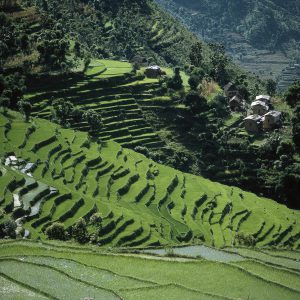A Burmese journalist was found dead on 13 December, while investigating illegal logging and wood smuggling near Monywa, in the Sagaing region of northwest Myanmar, his colleague and bureau chief has confirmed.
Soe Moe Tun was a reporter for the Daily Eleven. He was found dead with head wounds on the side of the road near a golf course. Police are investigating the incident but have not released any further information.
![Monywa, in Sagaing [map adapted from Google Maps]](/wp-content/uploads/2016/12/Monywa.jpg)
Illegal trade
Myanmar’s has some of most biodiverse forests in the world, but one of the worst deforestation rates, close behind Brazil and Indonesia.
Between 2002-14 Myanmar lost 2 million hectares, or 11%, of its intact forest to illegal logging and conversion of land to other uses. This has happened most intensively along rivers, major roads, and land borders to neighbouring countries, particularly China and India.
Loss of forest not only threatens rare wildlife species – including tigers and snub nosed monkeys – it also exacerbates wider environmental degradation from erosion, flooding and decreased water quality. This is being compounded by the massive expansion mining around protected forest areas in Kachin and Sagaing – where land used for mining has grown by than 700% in the past decade.
Destruction of forests and conversion of large swathes of land into rubber and timber plantations leaves local communities hugely vulnerable – in a country where 70% of household fuel needs are still met by firewood.
Sagaing, which borders India, is one the country’s major hotspots for illegal logging. Much of its valuable teak and other rare hardwood species end up being smuggled over the border to China, according to a recent EIA report – and rates have doubled since 2009. It is an illicit business worth hundreds of millions of dollars a year, making it one of the single largest bilateral flows of illegal timber in the world, EIA claims. Most of this money has flowed into the hands of military cronies, businesspeople and ethnic armed groups.
In May, the Myanmar government imposed a one-year logging ban – with a ten-year moratorium in the particularly valuable teak forests of Pego. However, sources within the timber industry say that extraction continues to be driven by state owned Myanmar Timber Enterprise and illegal loggers, and exacerbated by conflict between the military and armed ethnic groups in the forested borderlands. The forestry department, they say, doesn’t have the resources or capacity to enforce the ban.
Journalists are believed to be at particular threat from violent crime in Myanmar, according to the Committee to Protect Journalists with at least five having been murdered in the country since 1999. It comes ninth on the committee’s “10 Most Censored Countries” list. The concept of freedom of the press is very new, since the country came under a quasi-civilian government in 2011 after decades of military rule.
Journalists are not the only ones at risk. A few weeks ago a Karen environmentalist Naw Chit Pandaing was stabbed to death for speaking out about land grabs and mining in the south-eastern region of Dawei. Civil society groups allege the murder is linked to her work and warned other activists are in danger.
![<p>A picture from 2011 of teak logs being floated down the Irrawady [image by Terry Feuerborn]</p>](https://dialogue.earth/content/uploads/2016/12/teak-logs-irrawady-terry-feuerborn.jpg)








